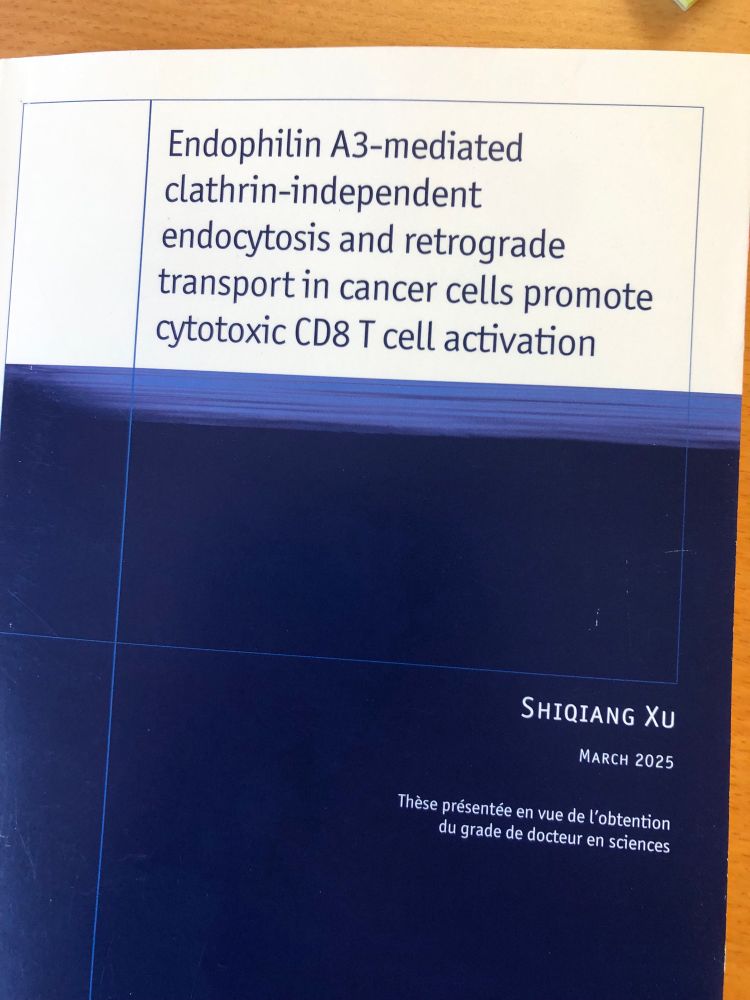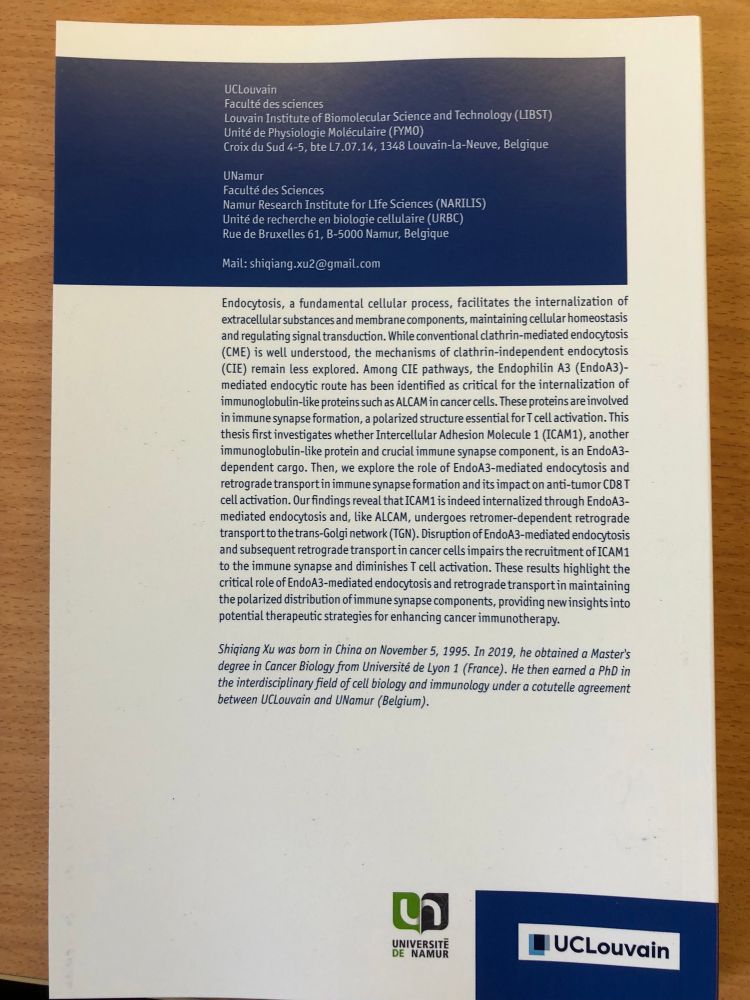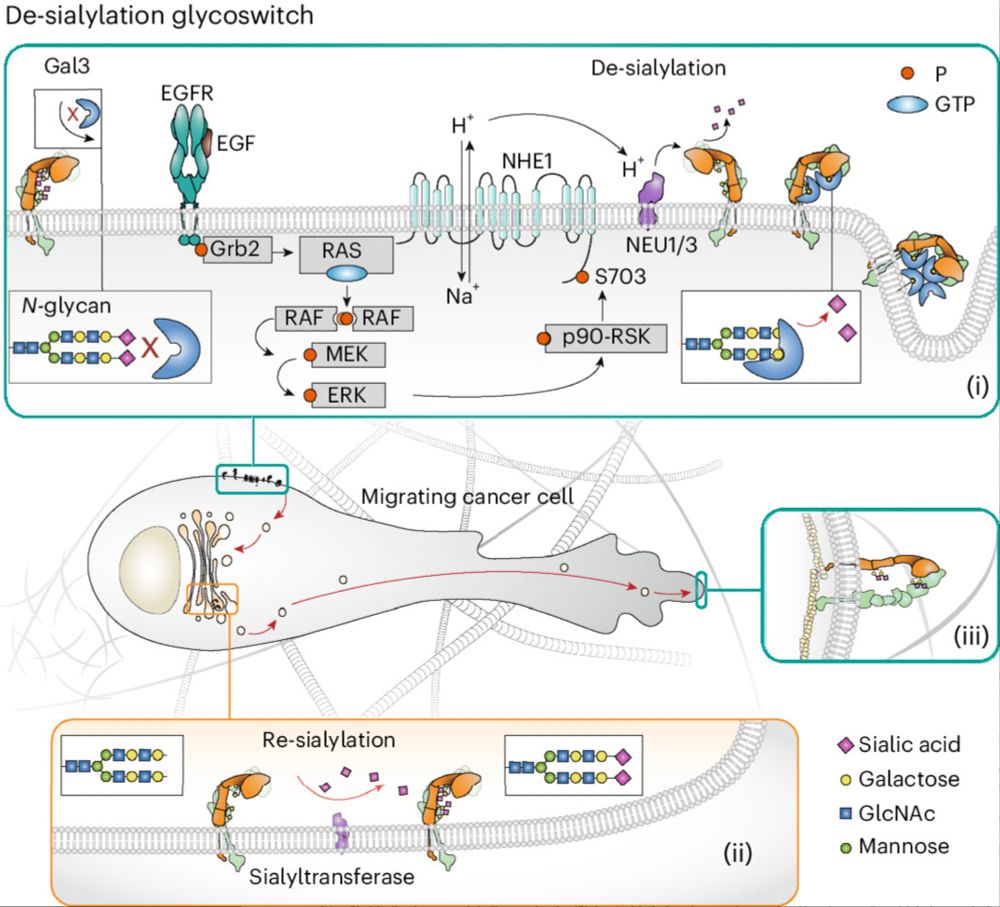

Everything you ever wanted to know about endophilin-A proteins—all in one place.
A huge congrats to the team for this tour de force: @shiqiang.bsky.social, Emilie Rigaux, Dorian Hène & Louise Thines!
👉 link.springer.com/article/10.1...
Everything you ever wanted to know about endophilin-A proteins—all in one place.
A huge congrats to the team for this tour de force: @shiqiang.bsky.social, Emilie Rigaux, Dorian Hène & Louise Thines!
👉 link.springer.com/article/10.1...

Everything you ever wanted to know about endophilin-A proteins—all in one place.
A huge congrats to the team for this tour de force: @shiqiang.bsky.social, Emilie Rigaux, Dorian Hène & Louise Thines!
👉 link.springer.com/article/10.1...





=> A proton pump driven glycoswitch @naturecellbiology.bsky.social :
rdcu.be/eaLM9
#glycotime, @institutcurie.bsky.social, @cnrs.fr, @inserm.fr, #NIH, #CellBiol, #Cancer

=> A proton pump driven glycoswitch @naturecellbiology.bsky.social :
rdcu.be/eaLM9
#glycotime, @institutcurie.bsky.social, @cnrs.fr, @inserm.fr, #NIH, #CellBiol, #Cancer
Interested in unconventional #endocytosis and #retrogradetransport mechanisms in cancer cells, and how this impacts cancer cell detection by the #immune system? This manuscript is for you 🫵
Interested in unconventional #endocytosis and #retrogradetransport mechanisms in cancer cells, and how this impacts cancer cell detection by the #immune system? This manuscript is for you 🫵




